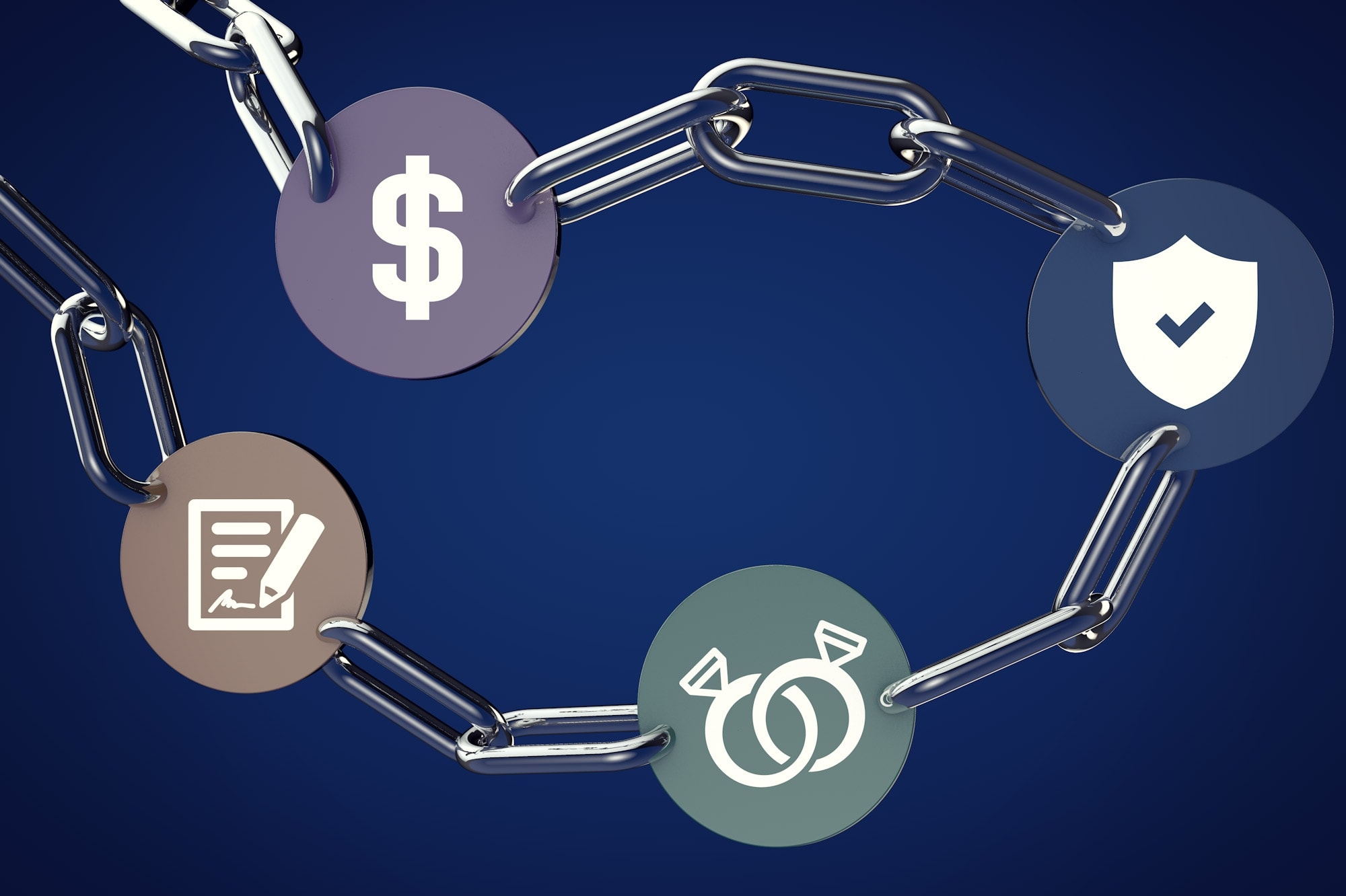A number of the better connected and more technically-savvy of our partners have been throwing about terms like ‘Bitcoin’, ‘Ethereum’ and ‘Blockchain’ with increasing frequency lately, so I volunteered to write a blog post, to help myself, and hopefully others, understand more about what all the noise is about.
The beginning
Satoshi Nakamoto (whose actual identity is the subject of controversy) was the inventor of the bitcoin protocol and its underlying blockchain technology, releasing the first software client in 2009.
What are they?
There are lots of articles online about this new technology, which some argue could be as important and disruptive as the Internet itself, but these seem to be the key things to grasp:
Blockchain
- is a permanent, ever-expanding, de-centralised, secure global online ledger of transactions.
- is a software protocol (existing eg’s of protocols include HTML & SMTP) that verifies users & transactions using cryptography, without the need for a trusted 3rd party or broker.
- is made up of linked ‘blocks’ that hold batches of valid transaction data
- can register, confirm, authenticate and transfer ownership of any kind of tangible asset, or exchange of value, in a digital format.
- establishes trust and creates agreements without the need for a central organisation or subjective measures of reputation
Bitcoin
- The most common type of digital transaction utilising the blockchain protocol
- A self-regulating virtual currency
- Central bank of the internet
- The bitcoin blockchain is public, open-source and permissionless
- You can view bitcoin transactions happening in-real time
How does the transaction process work in practice?
A pending transaction is broadcast to a network of decentralised users (defined as ‘miners’) who, using specialised software, compete to verify and authenticate the cryptographic key added to a transaction. In essence, the ‘miners’ are verifying and confirming a bookkeeping record. For this activity, known as ‘proof of work’, they receive a reward in bitcoins. Once a block of transactions is verified, it is validated by other ‘miners’ and added to the blockchain.
Why is everyone so excited?
The decentralised ledger is public and not owned by any individual or group of institutions. It therefore works as a trust alternative to an intermediary and, by reducing the involvement of other parties, reduces cost. This concept and structure is known as P2P (peer-to-peer) i.e. no financial institution, trusted third party, middleman or intermediary is required, and represents the mainstreaming of collaborative practices.
The decentralised ledger provides another key benefit in that it avoids overlap and duplication of work. There is no longer a need for two (or more) institutions to record and monitor a transaction, leading to a dramatic reduction in cost and time.
Ethos partner and Ethereum (see below) pioneer, Vinay Gupta, in his recent blog, explains:
‘VISA gets 1% or more of a very sizeable fraction of the world’s transactions. If you ever wonder what the economic upside of the blockchain business might be, just have a think about how big that number is.’
What else?
Ethereum
- is a smart contract (see below) platform using blockchain protocol that seeks to replace forms
- a shared global resource of encrypted personal data
- aims to automate many of the expensive elements of online transactions – eg invoices that pay themselves on arrival of a shipment. or share certificates that automatically send their owners dividends if profit levels reach a certain level.
- is run by ‘miners’ who get paid tokens (ether) for doing it
 What is a smart contract?
What is a smart contract?
- when a paper contract is represented by software (eg airline tickets)
- potential is huge with Internet of Things (IOT) and blockchain – eg a smart bike lock can verify the time a bike has been hired for, and determine how much is owed, so contract, service and transaction can all happen automatically, without the need for 3rd parties or brokers.
Other examples of blockchain’s potential uses
Contractual agreements between any combination of parties in a trade transaction: buyer; seller; bank; insurance company; government entity; chamber of commerce; shipper/carrier/charterer; inspection, analysis and health companies/organisations; etc.
Retailer – verifying and tracking creation of organic goods
Diamonds – global transactions over supply chain
Music – technical solution for piracy
Companies who are investing in blockchain technology
45 banks, including Citi, Credit Suisse, and JPMorgan, have set up a consortium, called R3, to test out blockchain technology. JPMorgan announced last month it has been testing its own private blockchain with 2,200 customers.
I also found this impressive list of bitcoin and blockchain companies and investors
References/further reading
What is Blockchain? – blockspot.io
Blockchain Buzz – ShareNL
Blockchain and benefits – a dangerous mix? – BBC online
Programmable Blockchain in Context: Ethereum’s Future – Vinay Gupta
What is Blockchain technology? – Trade & Forfaiting Review
The Hard Fork: What’s About to Happen to Ethereum and The DAO – Coindesk
Explaining the Blockchain’s Impact via an Infographic – Fin Year
